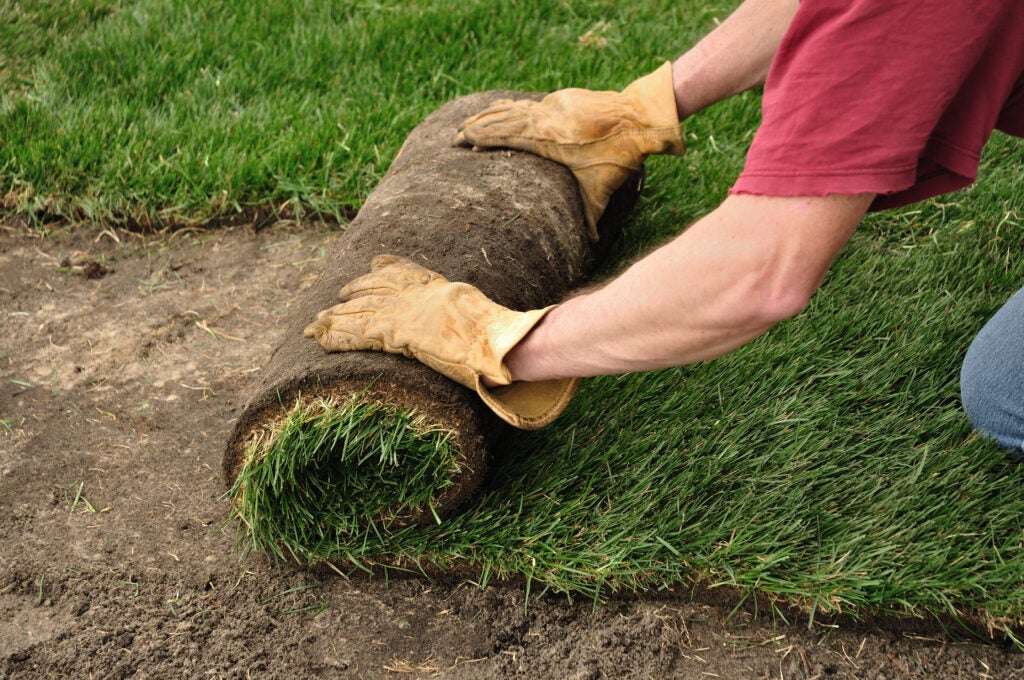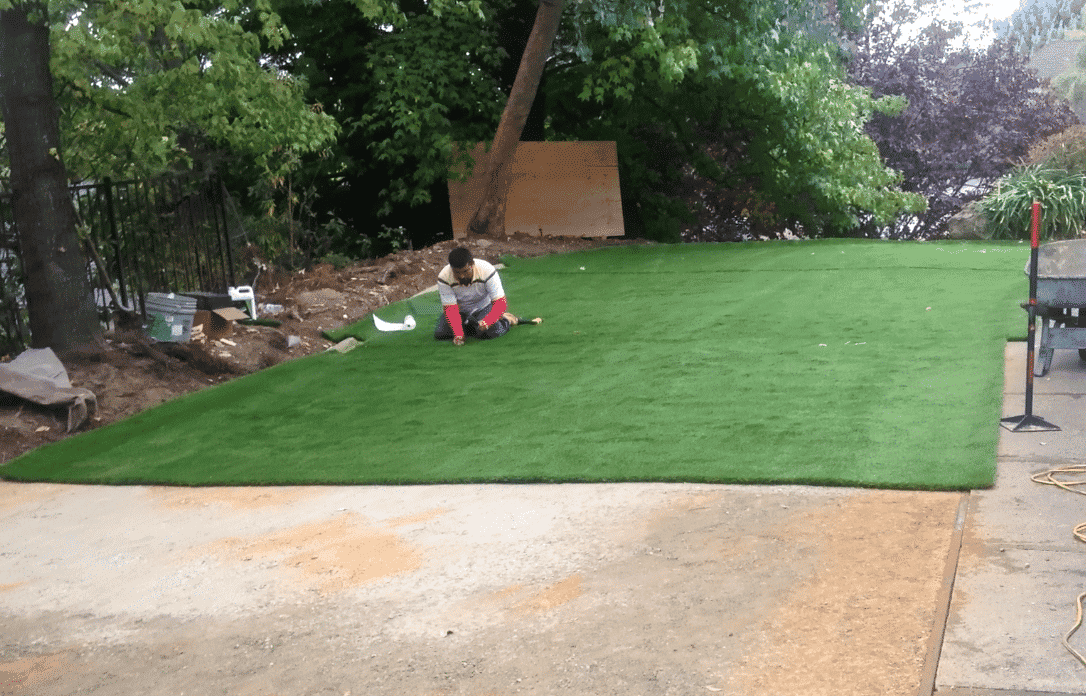Enhance Your Yard with Artificial Turf Mesa AZ: Get an Environment-friendly, Low-Maintenance Grass!
Enhance Your Yard with Artificial Turf Mesa AZ: Get an Environment-friendly, Low-Maintenance Grass!
Blog Article
Discover the Advantages of Artificial Lawn for Effortless Lawn Treatment and Sustainability
With a focus on water preservation, very little upkeep demands, and environmentally pleasant qualities, fabricated lawn offers an engaging option to typical lawn. What really establishes man-made grass apart in terms of easy lawn treatment and sustainability?

Water Preservation Benefits
Fabricated grass offers substantial water conservation benefits, specifically in areas where water deficiency is a worry. In comparison, man-made turf gets rid of the need for regular watering, conserving an approximated 55 gallons of water per square foot yearly.
Additionally, the conservation of water through artificial yard expands past household applications. Parks, sporting activities fields, and commercial residential properties can additionally profit from the decreased water requirements of synthetic turf. In regions affected by drought or facing water restrictions, the installation of fabricated yard can play a vital duty in making certain outdoor spaces stay eco-friendly and useful while promoting responsible water usage practices.
Low Upkeep Demands
Given the significant water preservation advantages highlighted in the previous subtopic, it appears that synthetic turf likewise masters needing very little upkeep. Unlike all-natural lawn, synthetic grass does not require watering, mowing, feeding, or pesticides to preserve its lush look. This equates to significant time and cost financial savings for house owners and services alike.
Artificial turf is made to endure differing weather conditions, making it highly long lasting and resistant. It does not need to be sprinkled frequently to remain green, removing the need for irrigation systems and lowering water usage. In addition, artificial lawn does not grow, so there is no requirement for trimming or edging, conserving both effort and time.
Any particles that drops on fabricated yard can be conveniently gotten rid of with a fallen leave blower or a light rinse with water. Generally, the very little upkeep demands of synthetic turf make it a useful and sustainable selection for landscape design demands.
Eco-Friendly Attributes

In addition, artificial turf is normally made from recycled materials, even more promoting eco-friendliness by reducing waste and the need for brand-new raw products. In general, the green nature of fabricated lawn lines up with sustainable methods, making it a practical option for ecologically mindful people looking to minimize their environmental effect. turf installation mesa az.
Enhanced Longevity and Durability
The longevity and durability of fabricated grass exceed traditional yard alternatives, ensuring enduring quality and performance in different ecological conditions. Fabricated turf is crafted to endure hefty foot traffic, extreme weather, and intense sunshine without fading or deteriorating. Unlike all-natural turf that requires normal upkeep such as mowing, watering, and fertilizing to remain healthy, synthetic grass keeps its lush look year-round with very little maintenance. Its resilient nature makes it optimal for site web high-traffic areas such as playgrounds, sports areas, and household lawns, where it can withstand consistent usage without putting on down.
Additionally, artificial grass is designed to resist parasites, mold and mildew, and mold, additional enhancing its longevity. The materials made use of in making fabricated grass are usually UV-stabilized to avoid staining and deterioration brought on by sun direct exposure, ensuring that it continues to be vivid and eco-friendly for many years to find. By investing in artificial grass, residential property owners can delight in a low-maintenance, lasting option to all-natural yard that their website improves the aesthetic appeal of their exterior areas.

Wellness and Security Benefits
Unlike all-natural grass that requires pesticides, herbicides, and plant foods for upkeep, fabricated yard removes the requirement for these chemicals, minimizing the danger of direct exposure to damaging substances for both people and animals. Additionally, artificial grass provides an attire and degree surface that can help prevent journeys, slides, and falls, especially in locations where natural turf might come to be unequal or establish holes.
In addition, fabricated lawn does not draw in insects like ticks and fleas, which prevail in natural grass yards, lowering the possibilities of insect bites and invasions. The absence of mud and puddles on fabricated yard additionally lessens the danger of slipping and injuries during damp climate condition. Overall, the health and safety and security benefits of man-made grass add to a stress-free and protected exterior setting for households, pets, and site visitors alike.
Final Thought
Finally, the benefits of man-made lawn appear in its water preservation advantages, reduced maintenance needs, environmentally friendly attributes, improved toughness, and health and wellness advantages. Artificial lawn offers a lasting solution for uncomplicated grass care, making it a practical option for home owners and companies aiming to decrease water usage and ecological effect. turf installation mesa az. Its resilient residential properties provide a cost-efficient and low-maintenance alternative to typical turf yards
Report this page